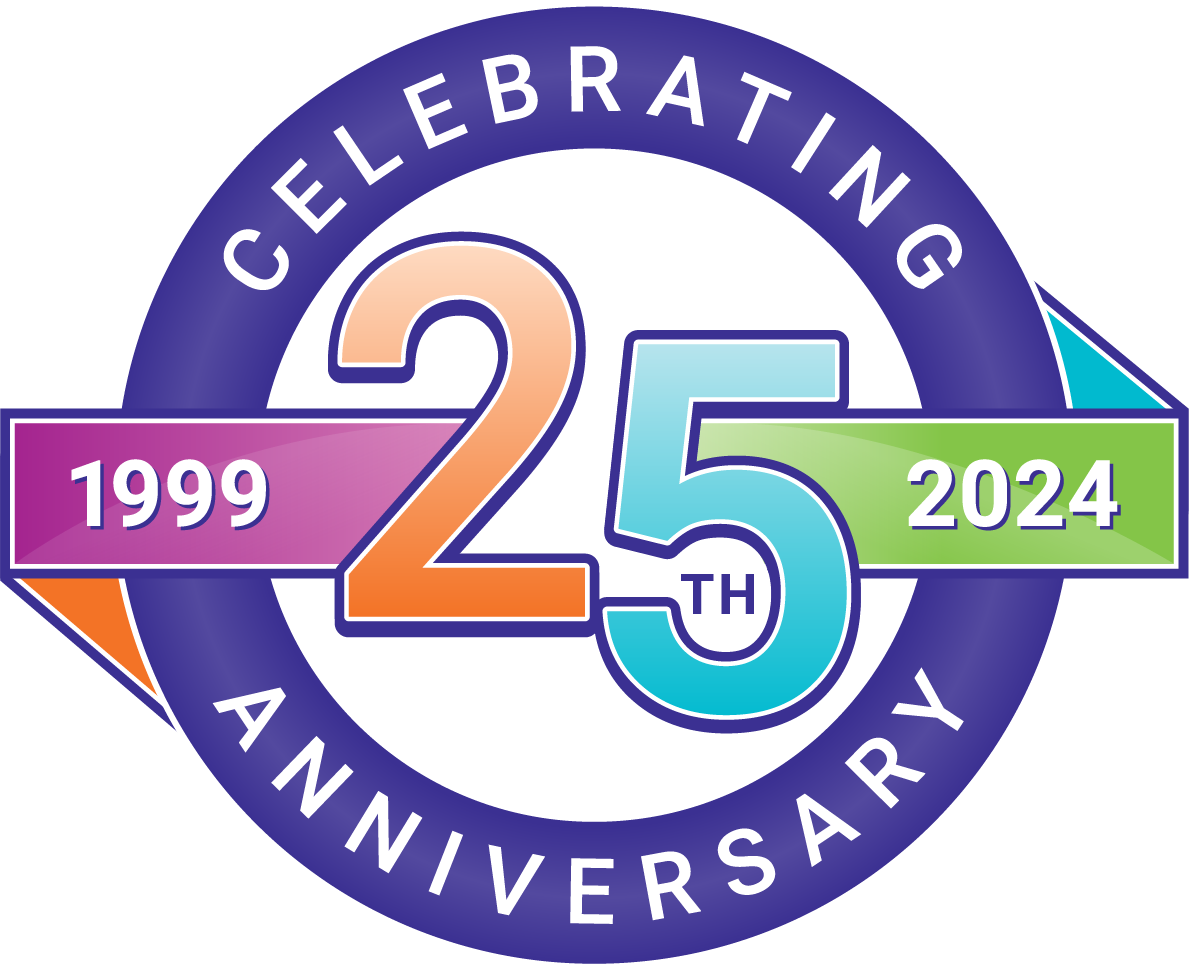How to Format DOIs and URLs
What is a DOI or URL?
-
DOI stands for digital object identifier, and it is a “unique alphanumeric string that identifies content and provides a persistent link to its location on the internet. DOIs can be found in database records and the reference lists of published works.”
Ex: https://doi.org/10.1037/a0040251
-
URL stands for uniform resource locator, and it “specifies the location of digital information on the internet and can be found in the address bar of your internet browser. URLs in references should link directly to the cited work when possible.”
-
When included, the DOI or URL is the final component of a citation.
When to Include a DOI or URL
-
If your source has a DOI, always include the DOI in the citation, even if you used the print version of the source.
-
If your source has both a DOI and a URL, only include the DOI.
-
If an online source is found on a website and does not have a DOI, include the URL for the source.
-
If periodical and book content is found in a database, do not include the name of the database because that same content can likely be found in many databases. Also, do not include the URL because databases require a login to access their content. The citation should be the same as the citation for a print version of the source.
How to Format a DOI and URL
-
Show both DOIs and URLs as hyperlinks, which means they begin with http:// or https://.
-
It is not necessary to precede them with “Retrieved from” or “Accessed from.”
-
Either present URLs as text that is not underlined or as hyperlinks. For hyperlinks, use the default display settings in your word-processing program, which usually changes the URL to blue font and underlines it.
-
To format a DOI, use the International DOI Foundation’s current formatting style: https://www.doi.org/XXXX, where XXXX is the DOI number. If a DOI is in an old format, like DOI: XXX or http://dx.doi.org, update it to the current format.
Current format example: https://doi.org/10.1037/a0040251
-
Copy and paste the DOI or URL from your web browser directly into Citation Maker to avoid errors. Do not change the capitalization or punctuation of the DOI or URL.
-
In your reference list, do not add line breaks manually to the hyperlink. It is acceptable if your word-processing program automatically adds a break or moves the hyperlink to its own line.
-
Do not add a period after the DOI or URL, as it may be mistaken as being part of the actual URL and interfere with the ability to access the source.
DOI and URL Shorteners
-
When a DOI or URL is long or complex, you may shorten it, if desired.
-
To shorten a DOI, use the shortDOI service (shortdoi.org) provided by the International DOI Foundation.
-
For a URL, some websites provide their own shortened URLs. Or, use a URL shortening service like Bit.ly.
-
Any shortened DOI or URL is acceptable in a citation as long as you check the link to make certain it retrieves the correct source.
References
American Psychological Association. (2020). DOIs and URLs. APA Style. https://apastyle.apa.org/style-grammar-guidelines/references/dois-urls
American Psychological Association. (2020). Publication manual of the American Psychological Association (7th ed., pp. 299-301). https://doi.org/10.1037/0000165-000
(If the citation format does not display correctly on your device, view the image instead.)
